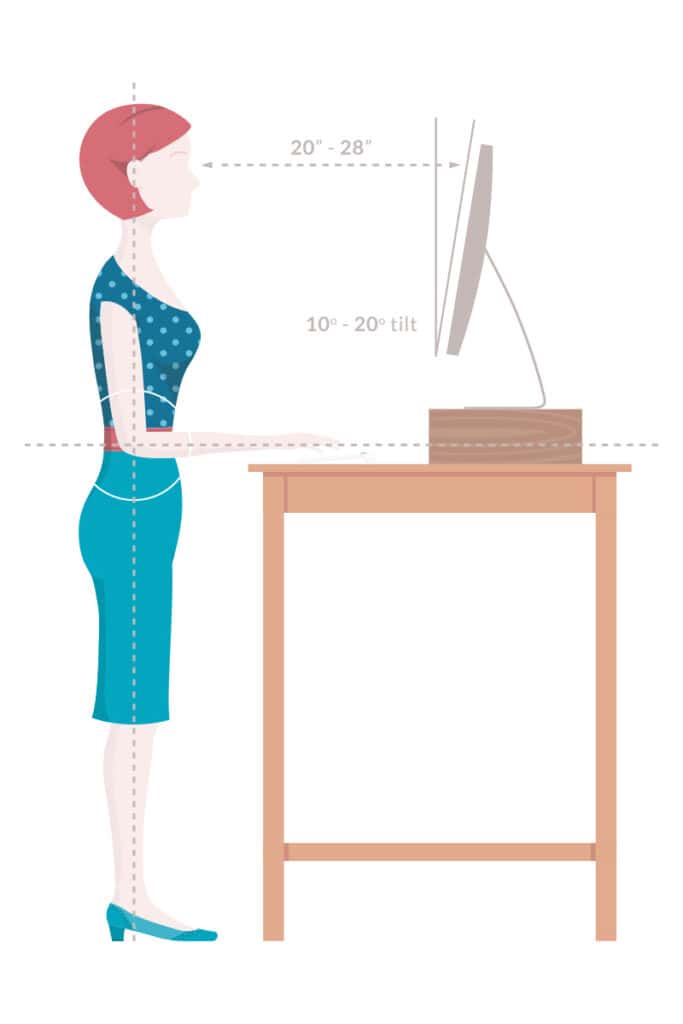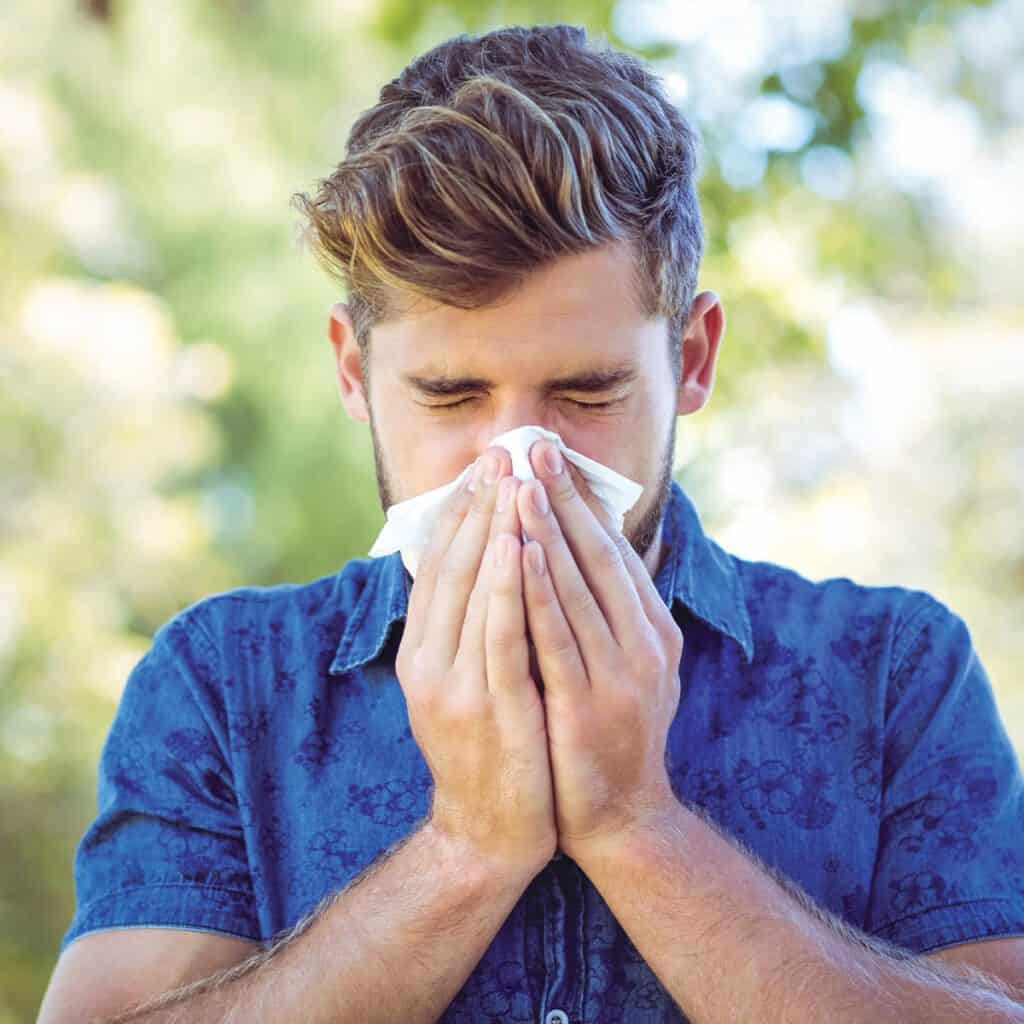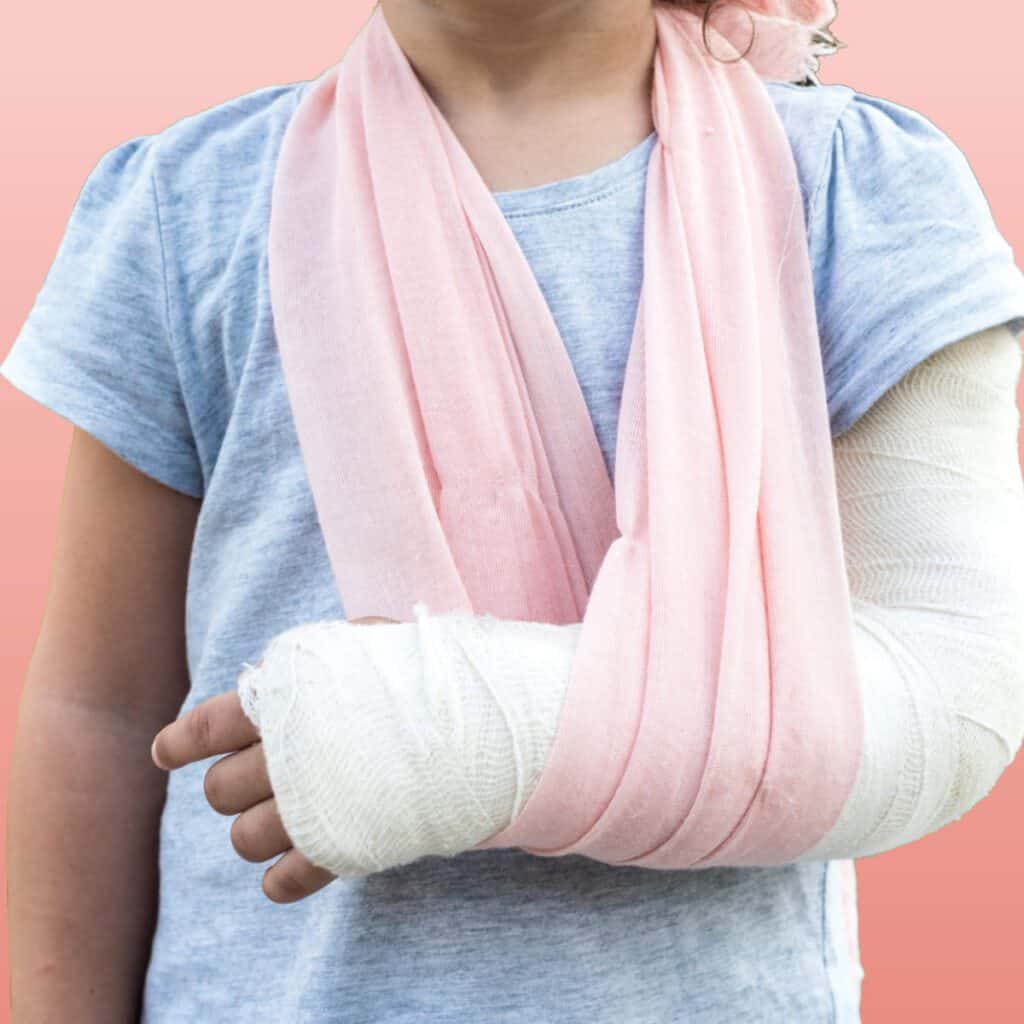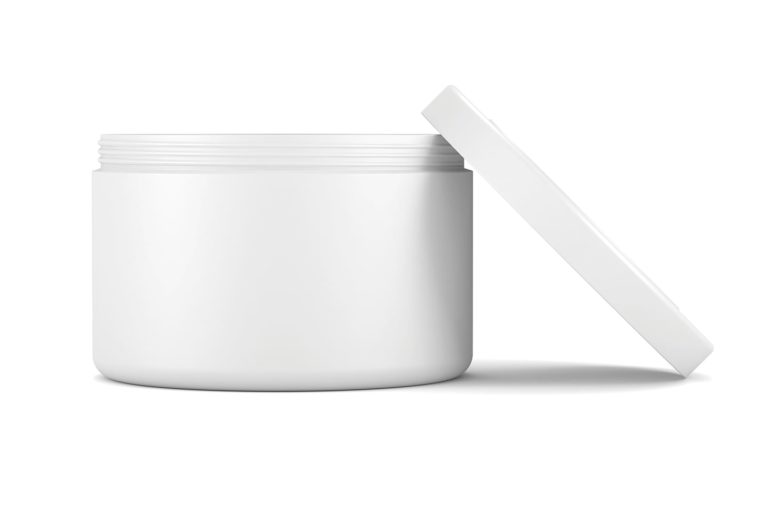For Her
Eating Well While Eating Out
Dining out should mean enjoying a meal with loved ones, but restaurant menus, often filled with caloric dishes and temptations, can be tricky to navigate when you’re trying to make healthy choices. Here are some tips to have fun, eat well, and feel good about your order.
Plan Ahead
Eat light leading up to a big meal out. Check restaurants’ menus and nutritional information online in advance. Have a healthy snack before eating out to stave off hunger that could lead to overindulgence.
Everything in Moderation
Eat what you love when dining out, just don’t go crazy. Watch portion sizes, split a dish, or take home leftovers. Don’t overdo it on the bottomless baskets of chips or bread.
Watch Your Drinks

Choose your drinks carefully, as many calories can swim within. If consuming alcohol, remember that the more you drink, the less restraint you’ll have with your food choices.
Limit the Good Stuff
Try to avoid foods with excess butter, oil, sugar, or salt. You can request a certain preparation, and order dressings and sauces on the side.
Just This Once
If you feel like throwing caution to the wind for one meal, it’s okay. Just get back on track with your next meal.
Boost Your Ergonomics
Ergonomics, sometimes referred to as “human engineering,” is the relationship of people to their workplaces, with the goal of optimizing equipment design, arrangement, and comfort, to avoid long-term adverse effects on the body and maximize productivity. If you sit for long periods of time at a desk, whether at home or in an office, follow these tips to make your space ergonomically ideal.
- Your chair should support your back, with your feet flat on the floor and your knees even with your hips. If chair height makes this impossible, and your desk allows for it, use a footrest or put a stool under your feet instead.
- Keep important items close to avoid having to reach for them.
- When typing, your wrists should remain straight and level with your elbows, with your arms close to your body. Use armrests and padding for under your wrists.
- Try not to hold your phone between your head and shoulder; this will crank your neck. Instead, use headphones or speaker phone.
- Allow enough space for your legs to fit comfortably beneath your desk, but not with the desk so high that you’re seated way below it.
- Your monitor should be kept at eye level, behind your keyboard, and approximately arm’s distance from you.


For Him
Achoo! When to See a Doctor for Your Allergies
Your body is like a superhero, protecting you against evil attackers such as bacteria and viruses. But your immune system can be so overprotective of you that it might even try to ward off relatively friendly invaders, such as pollen, dust, animal dander, and certain foods. When this happens, your body goes into overdrive preparing itself for battle and begins releasing chemicals and other substances that may cause you to cough, sneeze, itch, or have difficulty breathing. This is an allergic reaction.
If you feel like you’re suffering from allergies, it might be time to have it checked out by a doctor. You could see an allergist, who specializes in allergies, but your primary care doctor should also be able to give you some answers.
Consider medical help for your allergies if:
- Your nose runs or is stuffed up, your eyes water, or you are coughing or having trouble breathing for three months or more at a time.
- Store-bought, over-the-counter medications aren’t working.
- Your symptoms are so severe that it’s impacting your quality of life.
- Your sleep is being affected.
- You have underlying health conditions such as heart disease or diabetes.


5 Ways to Be Healthy in a Hurry
Feel like you don’t have enough time to be healthy? Here are some easy, quick (under-a-minute) activities that can boost your health without burdening your schedule. It’s time for a little spring cleaning for your body!
Move It!
Do some squats, run up steps, stand up and sit down in a chair several times, or go for a 60-second jog (which has been proven to help bone strength).
Your Moment in the Sun
Use sunscreen daily, and don’t forget those often-overlooked spots such as your neck, ears, and backs of your hands.
Rise and Shine
Not a morning person? You can still start your day off right by drinking water shortly after getting up and eating a quick protein-rich breakfast
Good Enough to Eat
For many people, carbs = guilt. But eating healthy doesn’t have to mean living carb-free. Put olive oil or vinegar on carbohydrates such as bread and pasta before you eat them to lessen your body’s absorption of sugar from the carbs, which is what can lead to weight gain.
Take a Deep Breath
Although it may seem small, taking two to three deep breaths a day while thinking positive thoughts can do wonders for your mood – and your blood pressure.
For Moms
Tough Break: How to Help When Your Child Has a Broken Bone
You’ll have so many wonderful moments as a parent, but your child’s mishaps and accidents are not among them. When kids hurt themselves, it’s traumatic for both the child and the parent. Here are a few ways to help your little one deal with a broken bone, heal quickly, and get back to normal life.
When Accidents Happen
Ice the area for the first day or two, making sure that the cast remains dry, and keep the body part elevated. Give your child ibuprofen or acetaminophen for the pain.
Cast Doubt
Casts are uncomfortable, and the skin underneath can get itchy. Doctors recommend tapping lightly on the outside of the cast over the itchy spot or blowing cool air from a hairdryer into the cast to help soothe the itching. Benadryl can also help.
Once the discomfort lessens, your child will likely want to get back to all the fun activities they like to do. Explain that the bone must heal fully first and that doing things too soon will only prolong the injury.
The Big Reveal


When the cast comes off, your child could experience temporary discomfort because the affected area hasn’t been used for weeks. It just needs a little stretching and moving to get it back up and running again.
What Your 12-Week Ultrasound Tells You About Your Baby
Congrats! You’re expecting. And while it might be too soon to start decorating the nursery or baking pink (or blue) cupcakes for your big gender reveal, there are still things you can do while you wait for your little one’s arrival.
You’ll soon be going in for your 12-week ultrasound, which is one of the biggest milestones in your pregnancy, since it’s the first time that you’ll finally get to “see” your baby. But what exactly does this ultrasound tell you?
Your due date.


You can’t wait for your little bundle of joy to get here. This will tell you how much longer you have to endure the anticipation, giving you a fairly accurate countdown to your baby’s grand entrance.
Basic anatomy info.
Is the baby developing as it should? Does it have arms, legs, eyes, and other healthy body parts?
Whether your baby is likely to develop Down syndrome or other such conditions.
A procedure called a nuchal translucency test is performed as a screener, which will tell you if your baby is at risk.
For the Whole Family
Is Your Sunscreen Expired? How to Tell When the Sun Has Set on Your Sunscreen
The sun gives us vitamin D, which helps promote bone health, calcium absorption, and better sleep. That big yellow ball in the sky can also increase happiness by providing us heat and light. However, far less happiness comes from sun-induced brown spots on the skin, premature aging and wrinkles, or skin cancer – the risks of which can be significantly lowered by using sunscreen.
But even if you religiously apply sunscreen, there’s another thing to consider as you slather up: Is your sunscreen past its expiration date?
Like most pharmaceutical products we use, sunscreen has an expiration date and loses its potency past that date.


Then, it’s no longer as effective and won’t protect you as well against sun exposure.
If the expiration date isn’t on the bottle, dermatologists suggest jotting down the date that you bought it, because the FDA mandates that sunscreen must remain good for three years.
The experts say that you should also look out for any sudden variations in your sunscreen – if its appearance, smell, or consistency seems to have changed or become a little off, that’s a good indication that it’s gone bad. Stop using it and replace it.
Itching to Know: What’s the Difference Between Poison Ivy, Oak, and Sumac?
It’s not easy being green, especially if that green induces bothersome and itchy rashes.
If you spend any time outdoors, you’ll likely share space with some unfortunate neighbors: poison ivy, poison oak, and poison sumac. The trick is to learn to pick the culprits out of a weed-filled crowd, avoid contact, and keep your distance from these pervasive plants.


POISON IVY thrives in multiple terrains, from forests to fields, and has three uneven-edged, pointed leaves per stalk.


POISON OAK looks similar to its itchy cousin, also with three jagged leaves per stem, but has the unfortunate tendency of blending in with surrounding plants, even changing color to match.


POISON SUMAC looks like a fern, with seven to 13 oval leaves growing on both sides of its stems.
Once a rash develops – usually 24 to 48 hours after exposure – try cold compresses, lukewarm baths, antihistamine pills, or calamine or hydrocortisone lotions or creams to lessen itching.
For the Home
Gone With the Wind: How to Storm-Proof Your House
Spring is prime season for tornadoes in Tennessee, but even when those Wizard of Oz-level winds aren’t blowing, thunderstorms and rain tend to pick up the slack. This means that now is the time of year when your home can be extremely vulnerable to storm damage. Here are a few suggestions on how to protect your house – no matter which way the wind blows.
- Clean up yards, patios, and other outdoor areas surrounding the house. Remove furniture, bikes, hanging plants, and other items that could be damaged or become missiles in strong winds. Also, trim old tree branches that might break off.
- Cover windows with plywood or storm shutters.
- Lightning rods, grounded outlets, and surge protectors can help protect your electronics against a power surge if lightning strikes.
- Make sure everything structural is secure or tied down, including roof tiles, shutters, banisters, and downspouts.
- Moisture-proof your home by filling cracks in wood, masonry, or stucco with a sealant or caulk. Check for leaks around windows and doors, on ceilings, and in the attic.
- A back-up generator can help make life more pleasant (and keep food from spoiling in the fridge) during an extended power outage.


Bug Off! How to Rid Your Home of Insects
Humans aren’t the only species that tends to be more active in the spring and summer months. Many insects also thrive in warmer weather. If you have bug s literally coming out of the woodwork these days, here are some tips to rid your home of what’s bugging you.
- Use caulk, wood filler, cement, sheet rock, or mortar to fill cracks in and around windows, walls, and doors, where pests can enter. Also seal off around outdoor pipes, wires, vents, faucets, and gas meters.
- Use screens or wire meshing over openings such as doors, windows, and vents. Be aware, however, that certain tiny insects can fit through regular screens, and only shutting windows and doors will keep those buggers out.
- Bugs love water! Many need moisture to nest and survive, and water also breaks down the structure of your home, allowing more space and easier entry for pests. Therefore, keep an eye out for leaks and fix any bad pipes.
- Clean up. Keep the areas both inside and outside your home clean, including not letting excess food or crumbs gather on surfaces and removing clutter, leaves, and cut grass. Make sure that pests can’t access your trash containers.
- Plant flowers outside that can attract insects away from your house.






